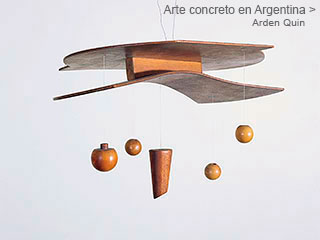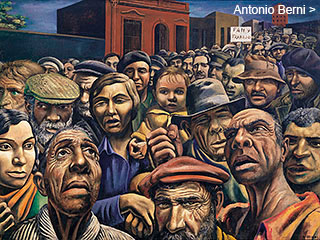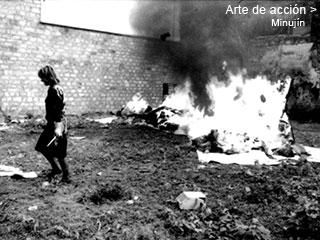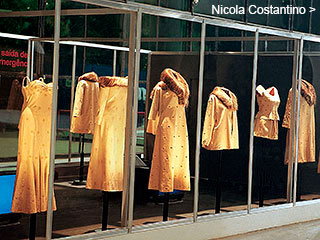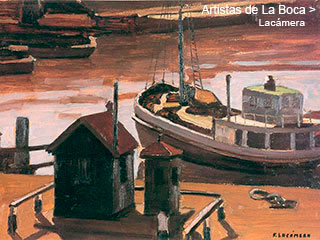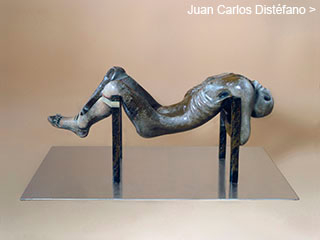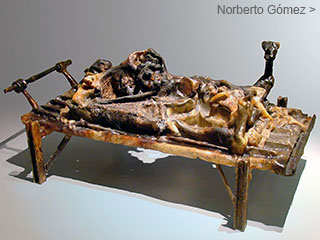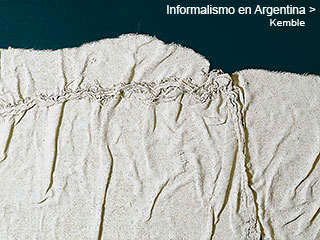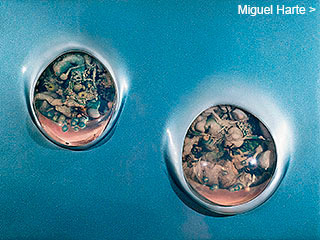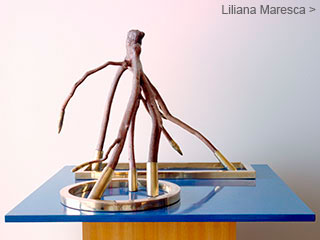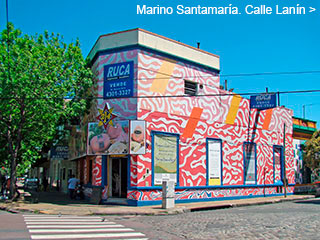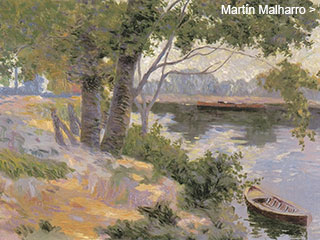Menú
Algunos dossiers
Juan Carlos
Distéfano
Distéfano
by
Adriana Lauria and Enrique Llambías
January 2003
January 2003
The dossier on Juan Carlos Distéfano spans from the time of his beginnings
as a painter to his recent works as a sculptor, a first for the CVAA. It covers
over forty years of his work and his commitment to art and reality. A special section offers a view on his work as a graphic designer, which he carried out mostly at the Di Tella Institute.
as a painter to his recent works as a sculptor, a first for the CVAA. It covers
over forty years of his work and his commitment to art and reality. A special section offers a view on his work as a graphic designer, which he carried out mostly at the Di Tella Institute.
1969
In August, supported by the then Director of the Museo Nacional de Bellas Artes, Samuel Oliver, by the Deputy Director of the Centre for the Visual Arts of the Di Tella Institute, Samuel Paz, and by critic Basilio Uribe, he obtains the painting scholarship Francesco Romero, given by the Italian Embassy in Argentina and Fondo Nacional de las Artes. For this occasion, he presents a triptych with acrylic paint on polyester, Portrait of Antonin Artaud (1968/69), clearly influenced by the English artist Francis Bacon.
As a result, Distéfano moves with his family to Rome where he lives for eight months. There, he resumes his studies of Masaccio’s work that he had started during his first trip in 1955; but in this occasion he does not limit himself to the works located in Italy but he expands his search to the different European regions until he arrives in London. During these travels, he stays in the Alsatian city of Colmar –Northeast of France–, where he carefully studies Matthias Grünewald’s Issenheim Altar, which impresses him deeply.
more


